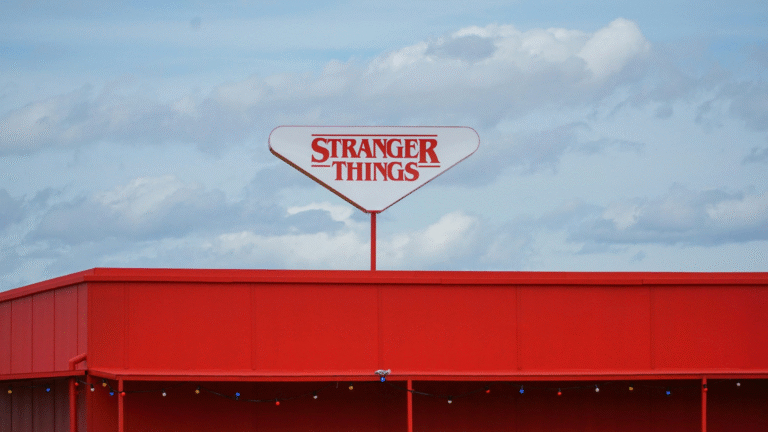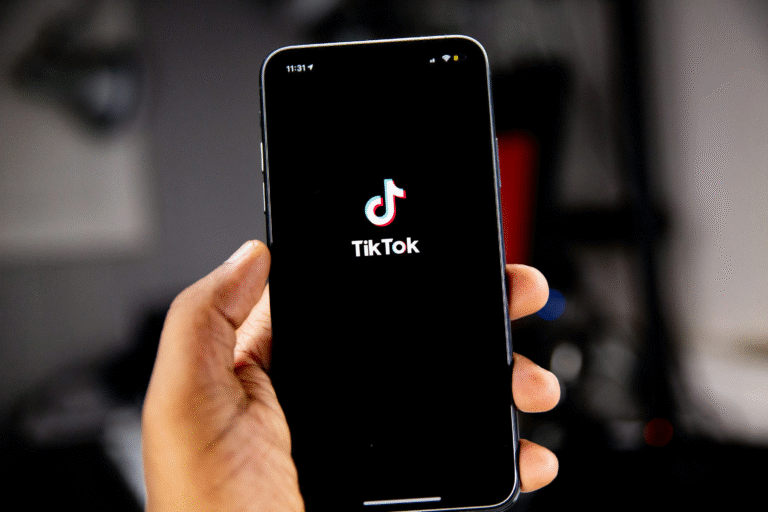Sportswear brand Nike, with its numerous strategic blunders like moving away from third-party retailers and focusing on stores of its own, has weakened the market position of the sportswear brand. Besides, decisions in restructuring have hurt the relationship with individual sports. Allowing younger rivals to take the lead, Nike’s share price has moved to lows not seen since the COVID era.

Really, the iconic sportswear brand should have been blowing the doors off this Olympic year. Stars like Jude Bellingham, Emma Raducanu, Scottie Scheffler, and Rory McIlroy have been routinely spotted sporting Nike gear. Yet, for some unknown reason, the company is fighting for its breath instead of basking in success.
Where the stock topped off in late 2021, Nike shares are down 59%—now back to where they were at the height of the COVID-19 lockdowns in March 2020. However, the shares saw a severe drop after he reported disappointing financial results on June 27. Shares of Nike fell 20% the next day, marking their worst single-day performance since 1980.
Famous investment guru Jim Cramer asked on CNBC, “Can Nike still be saved? It does seem like a hopeless situation.”
Knowing this was an issue, Nike’s taken action. Bloomberg reported that Nike is rehiring one of its vets, Tom Peddie, who spent 30 years at the company before retiring in 2020. He’ll now lead the retail partnerships charge in an effort to rebuild those relationships with retailers like Foot Locker. The company had previously pulled some products from those retails, to focus on their own stores and online channels.
— Craig Williams, President, Nike Geographies and Marketplace, believed in Peddie. He’s here to help boost Nike’s wholesale business and accelerate their marketplace strategy.
Nike has also been making a big mistake by pulling products from third-party retailers to sell them in company-owned stores and websites. Nike Chief Executive John Donahoe, who took over in January 2020, had the impression that the move to shopping online, made by people while their countries were locked down during the pandemic, was going to be a permanent phenomenon. The upshot has been to leave third-party retailers free to stock products from younger rivals like Castore, Hoka, and On Running, as well as established competitors like New Balance.

Nike, like Adidas’s mistake in 2018, was too reliant on a handful of products. For instance, making well, ordinary products, such as Air Force 1s, Air Jordan 1s, and Dunks, made them too commonplace. Now, dropping supplies of these names will not be easy to bring these premium qualities back. Further, sales of Converse dropped 18% in the latest quarter because of weak performance in North America and Europe.
Some investors fear that the younger generation of customers is not that keen on superstars such as Michael Jordan, who hung up his basketball shoes in 2003. To quote Jim Cramer, some of the things that Nike used to do well are now what ails the brand.
The second caution has to do with John Donahoe himself. He had spent his career in technology, and most of his executives that he brought along with him had the same background. The question in everyone’s mind was wondering whether he would be too high-minded to have his shoes on the ground to run a sportswear brand.

There, too, he has the backing of Phil Knight, the de facto founder of Nike, who, after the latest numbers, came out with a statement in which he seems to believe in the company’s future with Donahoe running the show.
In summation, Nike has been besieged by strategic mistakes and changing market conditions. On the brighter side, with the leadership and a roadmap ahead boded by its leadership, there is hope for Nike to overcome such challenges and restore its strong market position.











